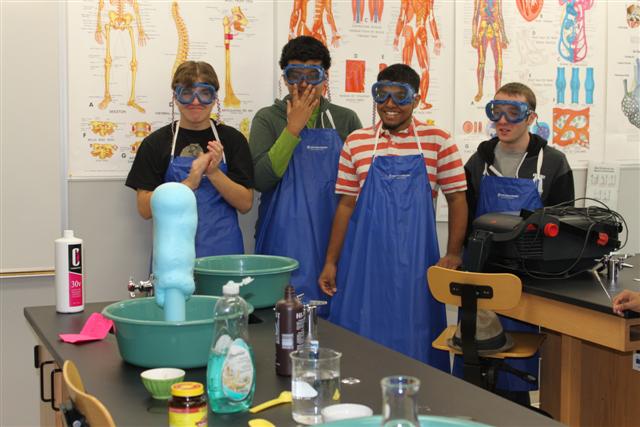In our recent advertisements and our YouTube site, among other places, you will see us described as an “alternative” school.
Alternative to what?
We think about this question a lot. For many reasons, we embrace the notion of being alternative. First, we are alternative to what was the status quo for the students who come to The Academy. In that way, our alternative is small, intimate classes; teachers who are experts in dealing with students with learning style differences and learning disabilities; administrators who are on the leading edge of research and thought in this area of education.
We are also alternative in our ability as a school to invert the history of a students experience at and with schools. Where schools were previously places of failure, The Academy is a place for success. We spend the entire year spreading the word about our school. We actively prospect for the students and families who would most benefit from being part of The Academy community and an education at our school. We take these students on the way into our school and throughout their time here, empower them to succeed on the way out. This is transformative and deeply alternative for the families who come to our school.
FInally, alternative is an attitude. From the minute the school day begins, the expectation is engagement and success. Students take from an education at The Academy what they put in. We create an environment here that makes it safe, comfortable, rewarding for students to check in. It takes time to change the paradigm from school being a passive thing that probably should be avoided, to school being an integral part of who you are, in a community that not only cares about you, but is equipped to help you succeed.
The Academy IS Toronto’s alternative school. It’s a beautiful time of year in the city – come join us for a tour and a cup of good coffee.
Don Adams, Head of School


